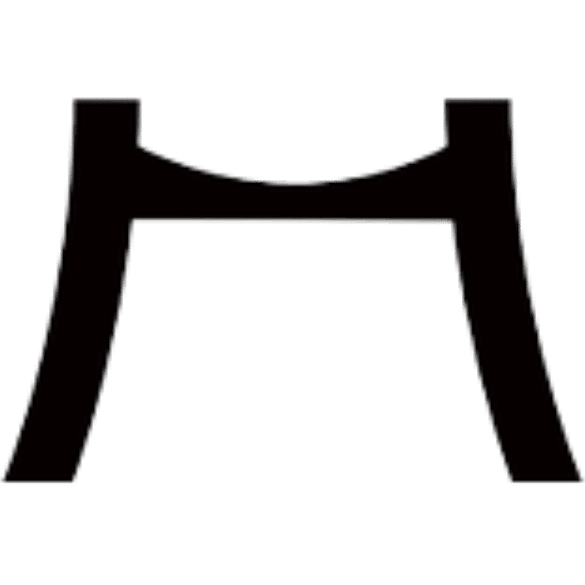0
£0.00
Mini Cart
Empty cart
No products in the cart.

Kyudo is the ancient old Japanese practice of martial art archery. Originating in the samurai class of feudal Japan, Kyudo is practised by thousands of people worldwide and as of 2005, the International Kyudo Federation had 132,760 graded members. The beginning of this ancient art is pre-historic and can be traced back as early as the Yayoi period, 500 BC – 300 AD. Let’s take a look at this unique skill and how it has evolved to become so popular today.
Kyudo is believed to date back to the mythical Emperor Kimmu, whose image was always depicted holding a long-bow as early as 660 BC. At this time, Chinese import court rituals involved archery, and skill in kyudo, with ceremonial archery skills being a requirement of a fine gentleman. Around 500 years later, the first kyudo school was established by Henmi Kiyomitsi and taught students the Henmi-ryû, Henmi style of shooting. By the Genpei War in 1180, there was an increased demand for skilled warriors as the bow was viewed as a more noble and traditional warrior weapon. During the 15th and 16th centuries, civil wars throughout Japan contributed to the refinement of shooting techniques and the appearance of new branches of kyudo. Schools began to teach different types of kyudo, most of which have lasted to this day. Today, the art of archery has evolved into a mentally, physically, and spiritually disciplined art form.
There are many different names and phrases for the different stages of kyudo from how an arrow is moved to the levels of skill and proficiency. The novice practices the 8 phases of shooting before moving on to a more advanced training stage, these 8 phases all have an individual name that represents the action, these being;
Although kyudo is a form of archery, judgement is placed more on how the Shagyo, the process of shooting, is carried out rather than whether the target is hit or missed. A good Sha, shooting, comes from good posture. When practising kyudo, you must stand with your back straight, pull your shoulders back to keep perfect balance and focus your energy on the Tanden, your lower abdomen. As a kyudo shooter, you must turn your attention to the limit on the release of the arrow, if executed correctly you will secure an accurate hit. After releasing the arrow, many shooters choose to take time to reflect on their shot, its success and their process of shooting. This process of reflection is a large part of the arts discipline and also the reason why this art is so deeply appreciated by many people.
The serving purpose of present-day kyudo is to enjoy and enrich our daily life. For students, it is not only a way to train the body but it is also a form of training the mind. For others, it is a way to keep fit and acquire high spirituality at the same time. Despite the fact that the way of kyudo has changed throughout history, it has remained an integral part of Japan and cultures across the rest of the globe, finding its place in the modern world.
Kyudo is considered a sport in many respects as the art features opponents with which you compete, but not to fight against. There is always victory and defeat, but competing is not the point of the art and all opponent must be shown respect. If you don’t act sportsmanly and become preoccupied by the competition, you are seen to be abusing the spirit of martial art archery.
At Atelier Japan, our makers have stood the test of time, crafting authentic Japanese products for you to enjoy in your home. Our makers have taken care and time to create authentic Japanese fans, pottery, tea and silverware from authentic materials for you to enjoy. Browse the Atelier Japan website to discover our unique collections for yourself.




